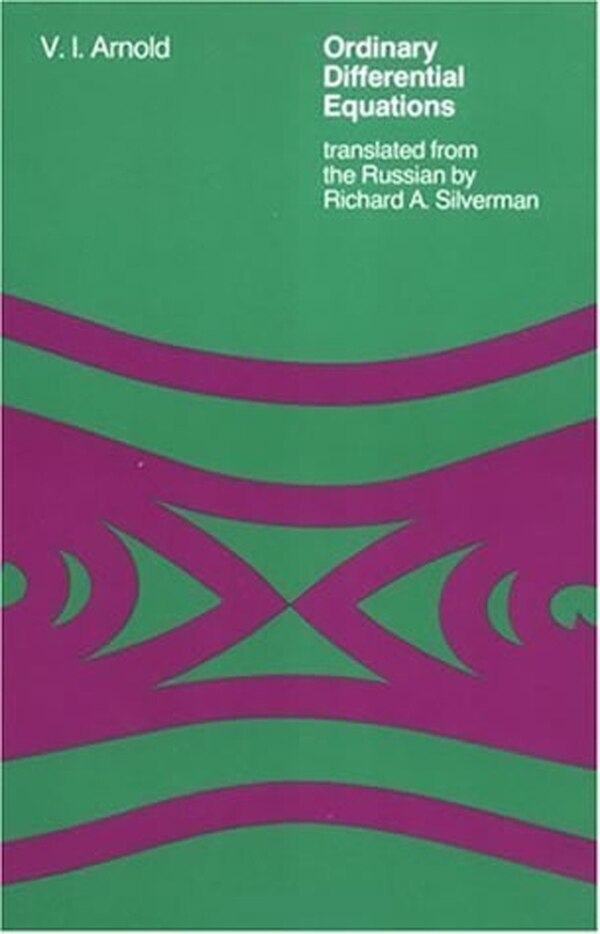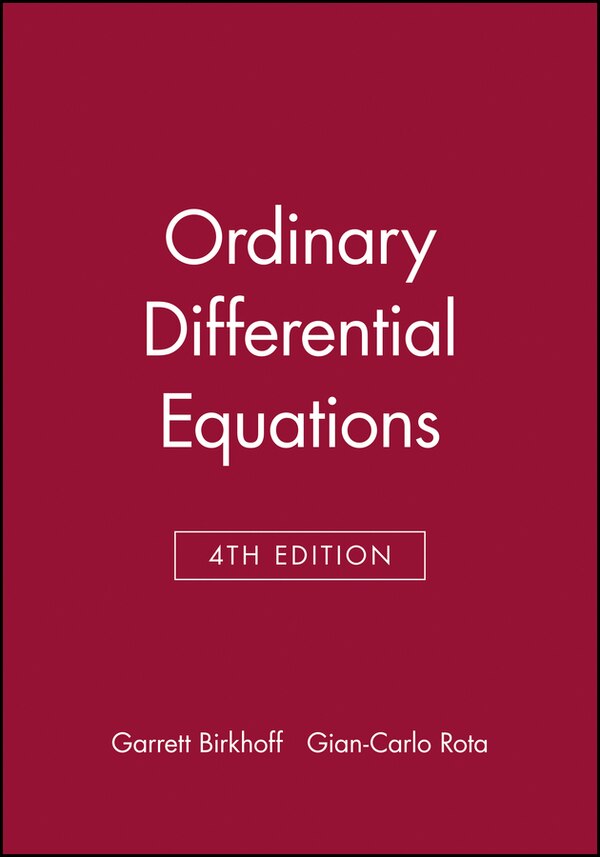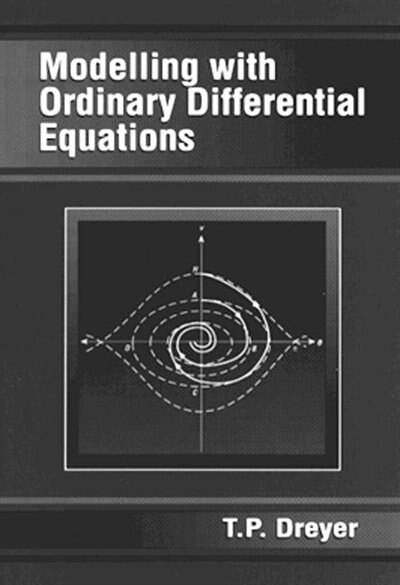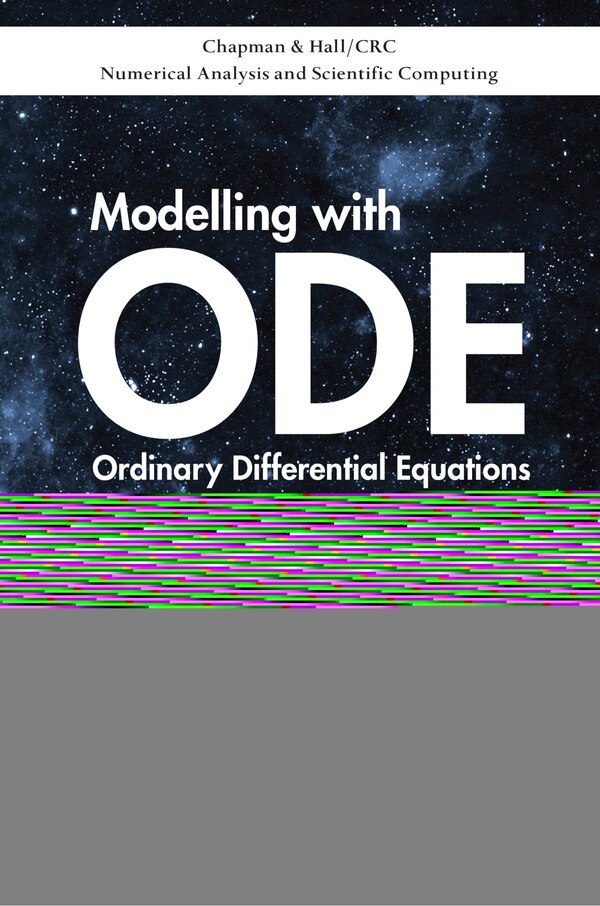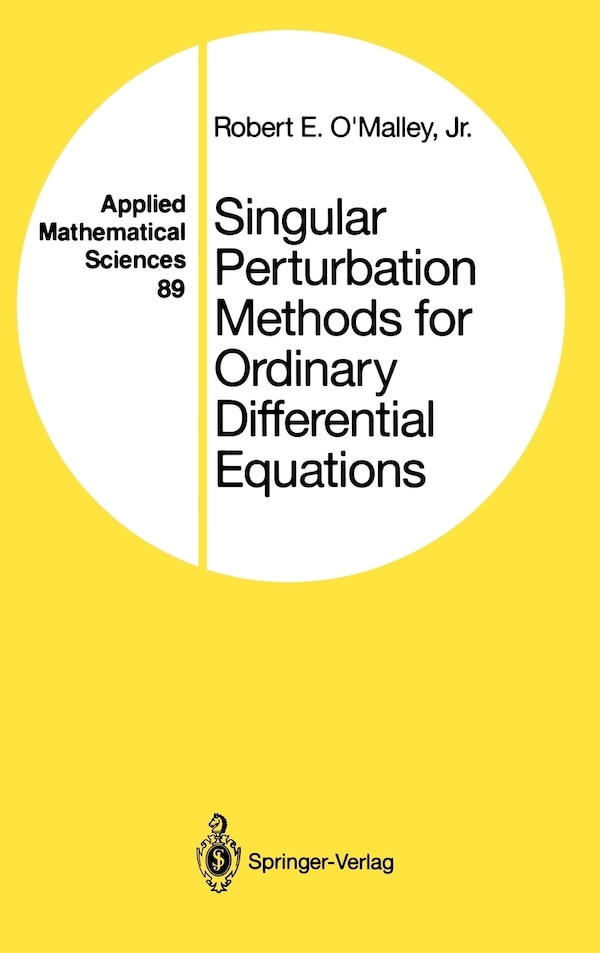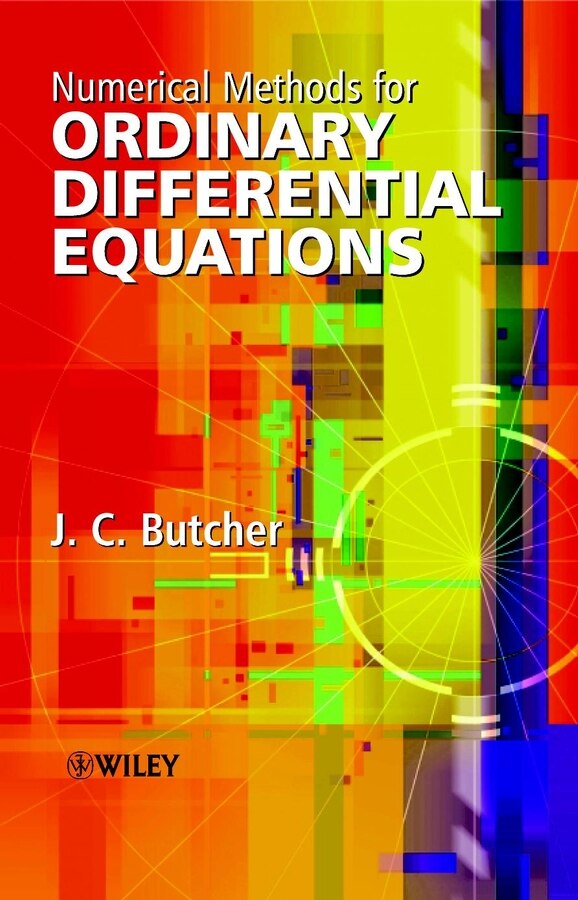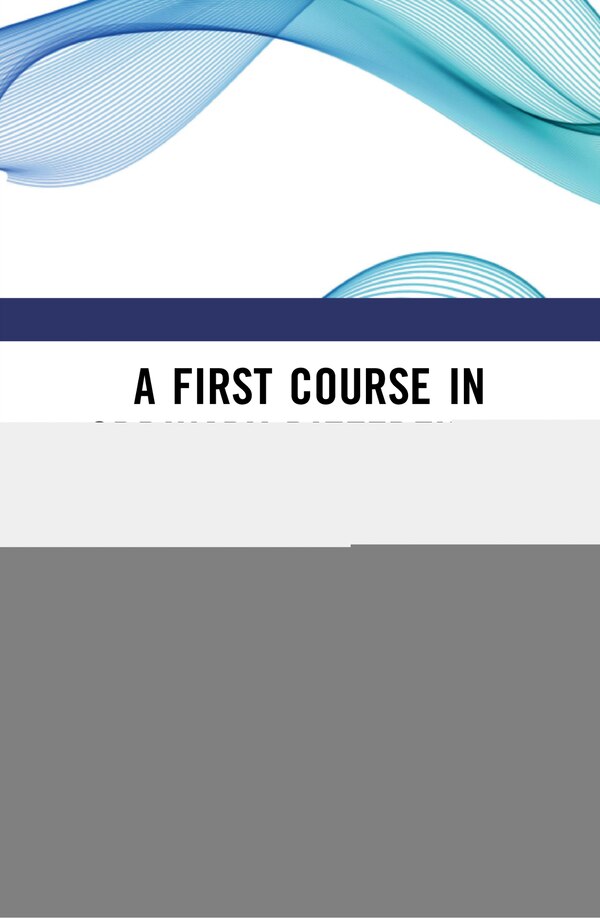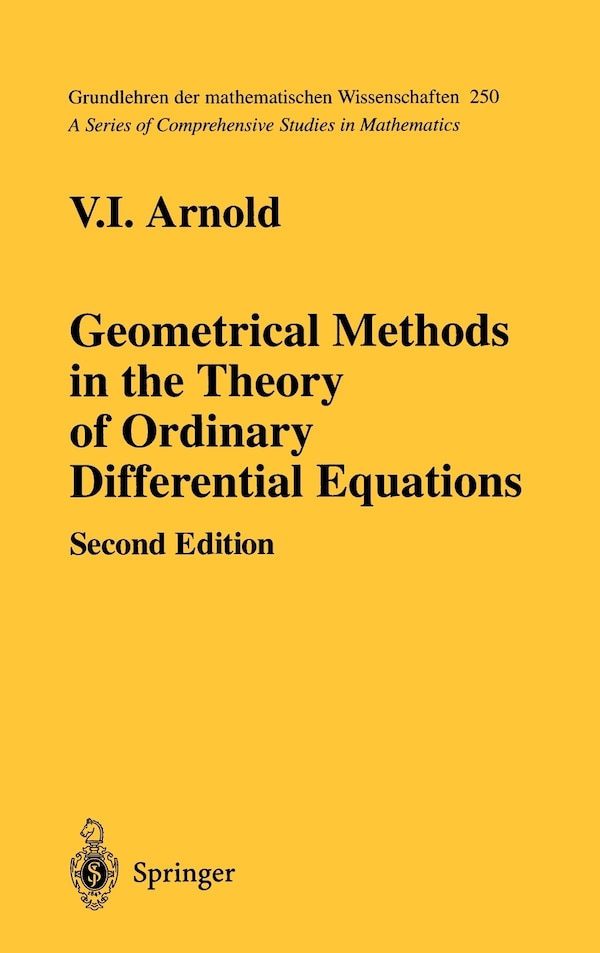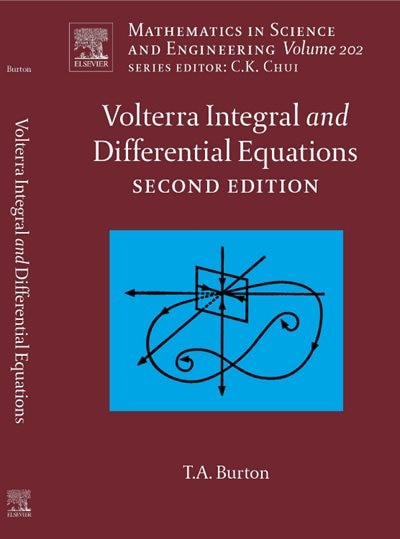
Choice Made Simple!
Too many options?Click below to purchase an online gift card that can be used at participating retailers in Village Green Shopping Centre and continue your shopping IN CENTRE!Purchase HereHome
Ordinary Differential Equations And Integral Equations by C.t.h. Baker, Paperback | Indigo Chapters
Coles
Loading Inventory...
Ordinary Differential Equations And Integral Equations by C.t.h. Baker, Paperback | Indigo Chapters in Vernon, BC
From C.t.h. Baker
Current price: $220.95

Coles
Ordinary Differential Equations And Integral Equations by C.t.h. Baker, Paperback | Indigo Chapters in Vernon, BC
From C.t.h. Baker
Current price: $220.95
Loading Inventory...
Size: 1 x 1 x 1.9
*Product information may vary - to confirm product availability, pricing, shipping and return information please contact Coles
/homepage/sac/cam/na2000/index. html7-Volume Set now available at special set price !This volume contains contributions in the area of differential equations and integral equations. Many numerical methods have arisen in response to the need to solve real-life problems in applied mathematics, in particular problems that do not have a closed-form solution. Contributions on both initial-value problems and boundary-value problems inordinary differential equationsappear in this volume. Numerical methods forinitial-value problemsin ordinary differential equations fall naturally into two classes: those which useonestarting value at each step (one-step methods) and those which are based onseveralvalues of the solution (multistep methods).John Butcher has supplied an expert's perspective of the development of numerical methods for ordinary differential equations in the 20th century. Rob Corless and Lawrence Shampine talk about established technology, namely software for initial-value problems using Runge-Kutta and Rosenbrock methods, with interpolants to fill in the solution between mesh-points, but the 'slant' is new - based on the question, How should such software integrate into the current generation ofProblem Solving Environments?Natalia Borovykh and Marc Spijker study the problem of establishing upper bounds for the norm of thenth power of square matrices. The dynamical system viewpoint has been of great benefit to ODE theory and numerical methods. Related is the study ofchaotic behaviour. Willy Govaerts discusses the numerical methods for the computation and continuation of equilibria and bifurcation points of equilibria of dynamical systems. Arieh Iserles and Antonella Zanna survey the construction of Runge-Kutta methods which preserve algebraic invariant functions. Valeria Antohe and Ian Gladwell present numerical experiments on solving a Hamiltonian system of Hénon and Heiles with a symplectic and a nonsymplectic method with a variety of precisions and initial conditions. Stiff differential equationsfirst became recognized as special during the 1950s. In 1963 two seminal publications laid to the foundations for later development: Dahlquist's paper onA-stable multistep methods and Butcher's first paper on implicit Runge-Kutta methods. Ernst Hairer and Gerhard Wanner deliver a survey which retraces the discovery of the order stars as well as the principal achievements obtained by that theory. Guido Vanden Berghe, Hans De Meyer, Marnix Van Daele and Tanja Van Hecke construct exponentially fitted Runge-Kutta methods withsstages. Differential-algebraic equationsarise in control, in modelling of mechanical systems and in many other fields. Jeff Cash describes a fairly recent class of formulae for the numerical solution of initial-value problems forstiff and differential-algebraic systems. Shengtai Li and Linda Petzold describe methods and software forsensitivity analysisof solutions of DAE initial-value problems. Again in the area of differential-algebraic systems, Neil Biehn, John Betts, Stephen Campbell and William Huffman present current work on mesh adaptation for DAE two-point boundary-value problems. Contrasting approaches to the question of how good an approximation is as a solution of a given equation involve (i) attempting to estimate the actualerror(i. e., the difference between the true and the approximate solutions) and (ii) attempting to estimate thedefect- the amount by which the approximation fails to satisfy the given equation and any side-conditions. The paper by Wayne Enright on defect control relates to carefully analyzed techniques that have been proposed both for ordinary differential equations and for delay differential equations in which an attempt is made to control an estimate of the size of the defect. Many phenomena incorporate noise, and the numerical solution ofstochastic differential equationshas developed as a relatively new item of study in the area. Keven Burrage, Pamela Burrage and Taketomo Mitsui review the way numerical methods for solving stochastic differential equations (SDE's) are constructed. One of the more recent areas to attract scrutiny has been the area ofdifferential equations with after-effect(retarded, delay, or neutral delay differential equations) and in this volume we include a number of papers on evolutionary problems in this area. The paper of Genna Bocharov and Fathalla Rihan conveys the importance in mathematical biology of models using retarded differential equations. The contribution by Christopher Baker | Ordinary Differential Equations And Integral Equations by C. t.h. Baker, Paperback | Indigo Chapters | Ordinary Differential Equations And Integral Equations by C.t.h. Baker, Paperback | Indigo Chapters
/homepage/sac/cam/na2000/index. html7-Volume Set now available at special set price !This volume contains contributions in the area of differential equations and integral equations. Many numerical methods have arisen in response to the need to solve real-life problems in applied mathematics, in particular problems that do not have a closed-form solution. Contributions on both initial-value problems and boundary-value problems inordinary differential equationsappear in this volume. Numerical methods forinitial-value problemsin ordinary differential equations fall naturally into two classes: those which useonestarting value at each step (one-step methods) and those which are based onseveralvalues of the solution (multistep methods).John Butcher has supplied an expert's perspective of the development of numerical methods for ordinary differential equations in the 20th century. Rob Corless and Lawrence Shampine talk about established technology, namely software for initial-value problems using Runge-Kutta and Rosenbrock methods, with interpolants to fill in the solution between mesh-points, but the 'slant' is new - based on the question, How should such software integrate into the current generation ofProblem Solving Environments?Natalia Borovykh and Marc Spijker study the problem of establishing upper bounds for the norm of thenth power of square matrices. The dynamical system viewpoint has been of great benefit to ODE theory and numerical methods. Related is the study ofchaotic behaviour. Willy Govaerts discusses the numerical methods for the computation and continuation of equilibria and bifurcation points of equilibria of dynamical systems. Arieh Iserles and Antonella Zanna survey the construction of Runge-Kutta methods which preserve algebraic invariant functions. Valeria Antohe and Ian Gladwell present numerical experiments on solving a Hamiltonian system of Hénon and Heiles with a symplectic and a nonsymplectic method with a variety of precisions and initial conditions. Stiff differential equationsfirst became recognized as special during the 1950s. In 1963 two seminal publications laid to the foundations for later development: Dahlquist's paper onA-stable multistep methods and Butcher's first paper on implicit Runge-Kutta methods. Ernst Hairer and Gerhard Wanner deliver a survey which retraces the discovery of the order stars as well as the principal achievements obtained by that theory. Guido Vanden Berghe, Hans De Meyer, Marnix Van Daele and Tanja Van Hecke construct exponentially fitted Runge-Kutta methods withsstages. Differential-algebraic equationsarise in control, in modelling of mechanical systems and in many other fields. Jeff Cash describes a fairly recent class of formulae for the numerical solution of initial-value problems forstiff and differential-algebraic systems. Shengtai Li and Linda Petzold describe methods and software forsensitivity analysisof solutions of DAE initial-value problems. Again in the area of differential-algebraic systems, Neil Biehn, John Betts, Stephen Campbell and William Huffman present current work on mesh adaptation for DAE two-point boundary-value problems. Contrasting approaches to the question of how good an approximation is as a solution of a given equation involve (i) attempting to estimate the actualerror(i. e., the difference between the true and the approximate solutions) and (ii) attempting to estimate thedefect- the amount by which the approximation fails to satisfy the given equation and any side-conditions. The paper by Wayne Enright on defect control relates to carefully analyzed techniques that have been proposed both for ordinary differential equations and for delay differential equations in which an attempt is made to control an estimate of the size of the defect. Many phenomena incorporate noise, and the numerical solution ofstochastic differential equationshas developed as a relatively new item of study in the area. Keven Burrage, Pamela Burrage and Taketomo Mitsui review the way numerical methods for solving stochastic differential equations (SDE's) are constructed. One of the more recent areas to attract scrutiny has been the area ofdifferential equations with after-effect(retarded, delay, or neutral delay differential equations) and in this volume we include a number of papers on evolutionary problems in this area. The paper of Genna Bocharov and Fathalla Rihan conveys the importance in mathematical biology of models using retarded differential equations. The contribution by Christopher Baker | Ordinary Differential Equations And Integral Equations by C. t.h. Baker, Paperback | Indigo Chapters | Ordinary Differential Equations And Integral Equations by C.t.h. Baker, Paperback | Indigo Chapters

